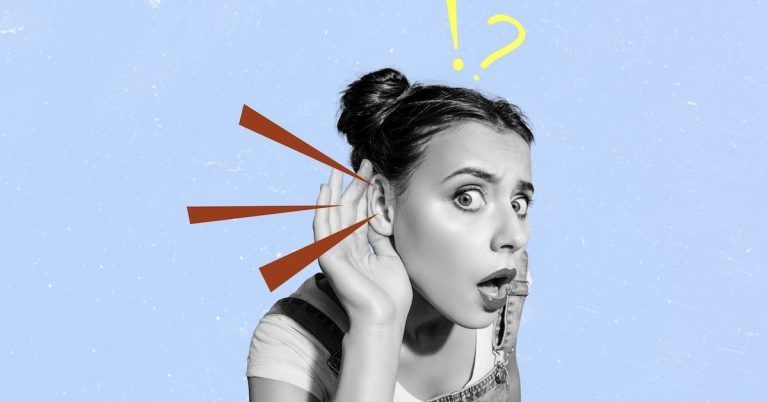Ask a Psychologist: Why Do We Fall for Fake News?
In an era defined by the rapid dissemination of information, the proliferation of fake news poses a significant threat to informed decision-making and societal cohesion. Understanding the psychological mechanisms that underpin our susceptibility to misinformation is crucial for navigating the complex information landscape and fostering critical thinking. This article explores the psychological factors that make us vulnerable to fake news, drawing on insights from cognitive psychology, social psychology, and behavioral economics.
One key factor contributing to our vulnerability is cognitive biases. Our brains are wired with mental shortcuts, known as heuristics, that simplify complex information processing. While generally efficient, these heuristics can lead to systematic errors in judgment. The availability heuristic, for example, causes us to overestimate the likelihood of events that are easily recalled, often due to their vividness or recent exposure. Consequently, sensationalized or emotionally charged fake news stories are more likely to stick in our minds and influence our perceptions. Confirmation bias, another powerful cognitive bias, reinforces our existing beliefs by leading us to selectively seek out and interpret information that confirms our preconceptions, while dismissing information that contradicts them. This makes us susceptible to fake news that aligns with our existing worldview, further entrenching our biases.
Social influences also play a significant role in the spread of fake news. We are inherently social beings, influenced by the opinions and behaviors of those around us. Social proof, the tendency to conform to the beliefs and actions of others, can lead us to accept fake news if it is widely shared and endorsed within our social networks. This effect is amplified in online echo chambers, where like-minded individuals reinforce each other’s biases, creating a breeding ground for misinformation. Furthermore, the persuasive power of authority figures, such as political leaders or celebrities, can be exploited to spread fake news. When trusted individuals share or endorse false information, it gains credibility and is more likely to be accepted as true.
The emotional nature of fake news also contributes to its potency. Fake news stories often evoke strong emotions such as fear, anger, or excitement. These emotions can hijack our rational thinking processes and make us more susceptible to accepting information uncritically. When we are emotionally aroused, our cognitive resources are diverted towards processing the emotional content, leaving fewer resources available for critical evaluation of the information. This makes us more likely to share emotionally charged fake news stories, even if we have doubts about their veracity. The novelty bias, our preference for new and exciting information, also plays a role. Fake news often presents novel or unexpected narratives that capture our attention and are more likely to be shared, regardless of their truthfulness.
The design and dissemination of fake news are often strategically crafted to exploit our psychological vulnerabilities. Fake news creators commonly employ tactics such as using emotionally charged language, creating visually appealing content, and mimicking the style and format of credible news sources. These tactics increase the likelihood that fake news will be shared and accepted as genuine. Moreover, the speed and reach of social media platforms amplify the spread of fake news, allowing it to reach vast audiences within minutes. The algorithmic filtering of social media feeds can also contribute to the formation of echo chambers, where users are primarily exposed to information that confirms their existing beliefs, further reinforcing their susceptibility to fake news.
Combating the spread of fake news requires a multi-pronged approach that addresses both individual and systemic factors. Promoting media literacy and critical thinking skills is crucial for empowering individuals to evaluate information effectively and identify misinformation. This includes teaching individuals how to identify credible sources, recognize logical fallacies, and evaluate the evidence supporting claims. Fact-checking websites and organizations play an important role in debunking false information and providing accurate information. Social media platforms also have a responsibility to combat the spread of fake news by implementing measures to identify and remove fake accounts, flag misleading content, and promote authoritative sources of information. Furthermore, fostering a culture of open dialogue and respectful debate can help to bridge divides and create a more informed and resilient society.
Combating fake news is not solely the responsibility of individuals or technology companies. Governments and regulatory bodies also have a role to play in addressing the spread of misinformation. This includes supporting media literacy initiatives, promoting independent journalism, and holding social media platforms accountable for the content they host. However, it is important to strike a balance between regulating harmful content and protecting freedom of speech. Developing effective strategies to combat fake news requires careful consideration of ethical and legal implications, as well as a commitment to transparency and accountability. Ultimately, creating a more resilient information ecosystem requires a collaborative effort from individuals, organizations, and governments to promote critical thinking, media literacy, and responsible information sharing.


